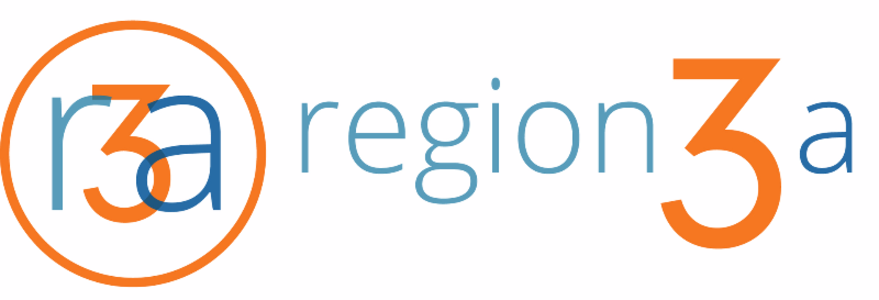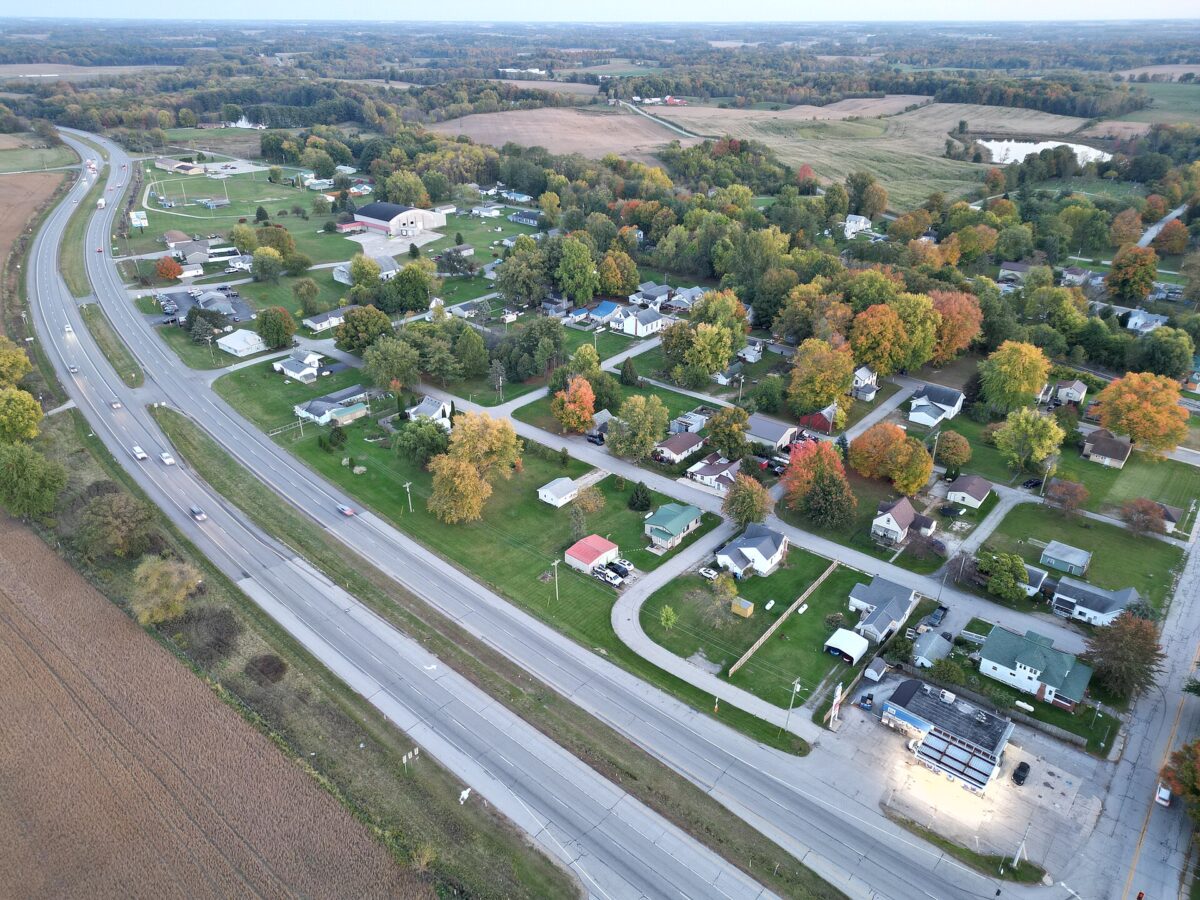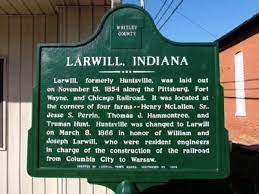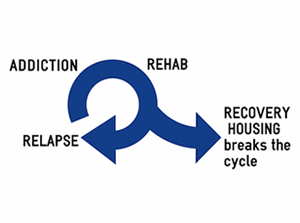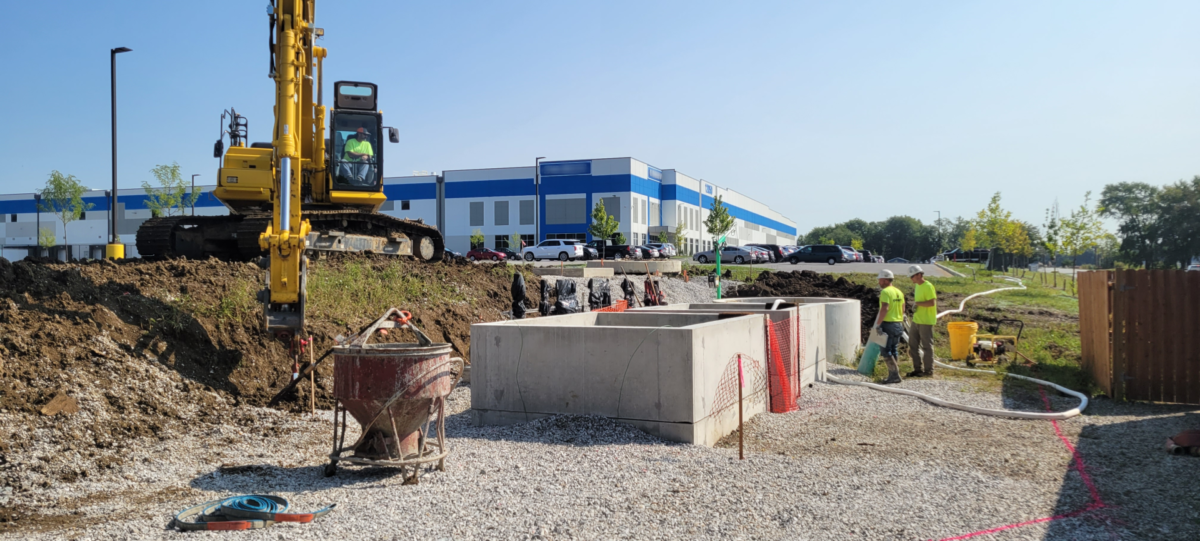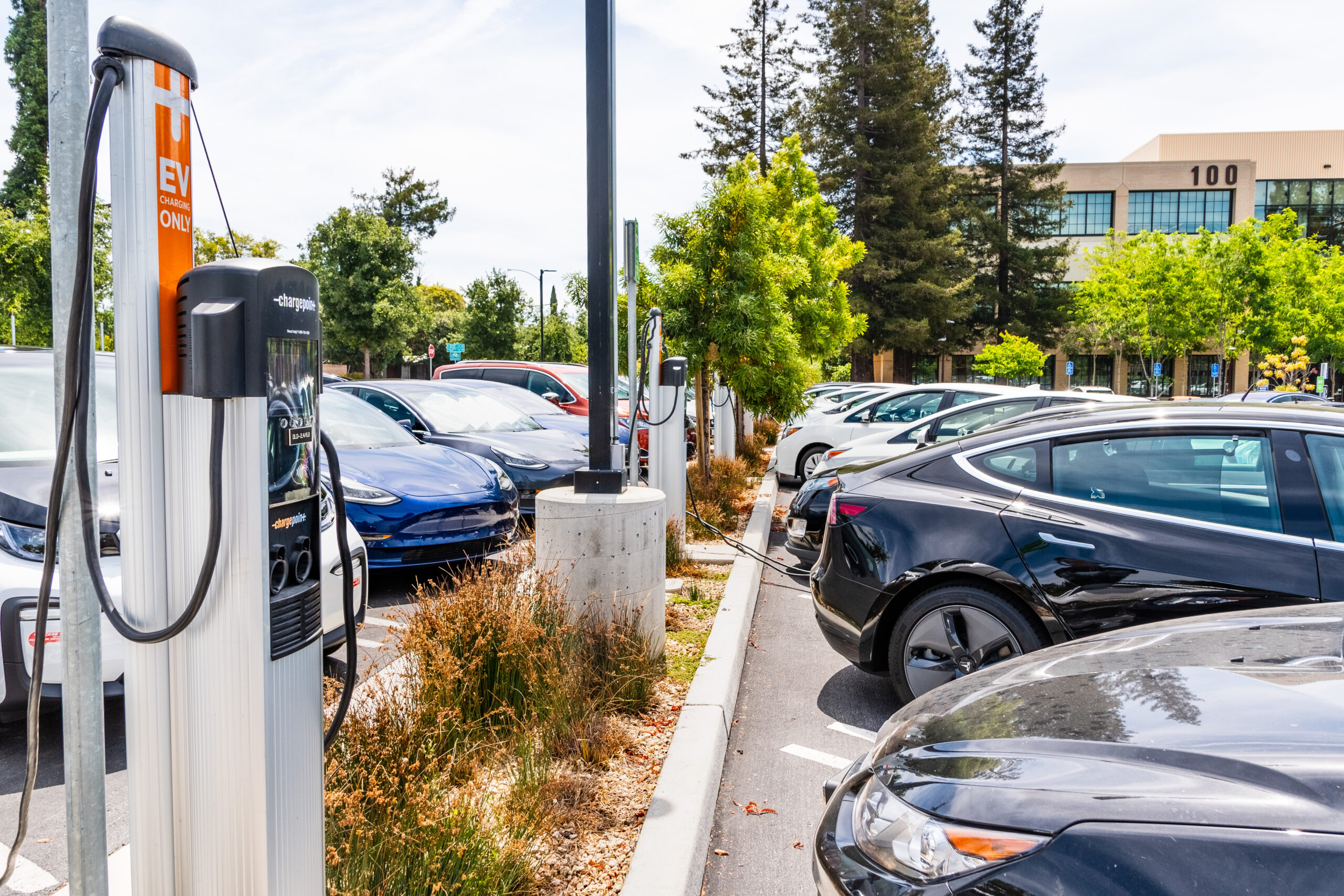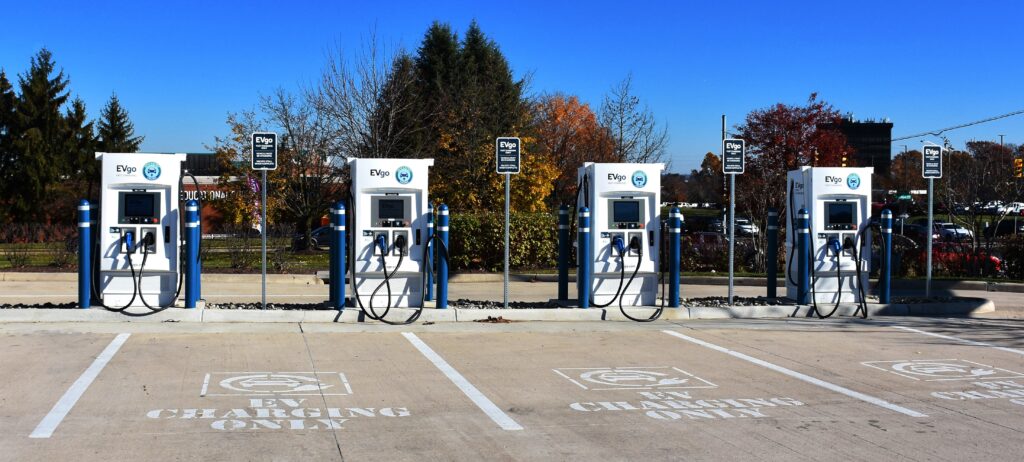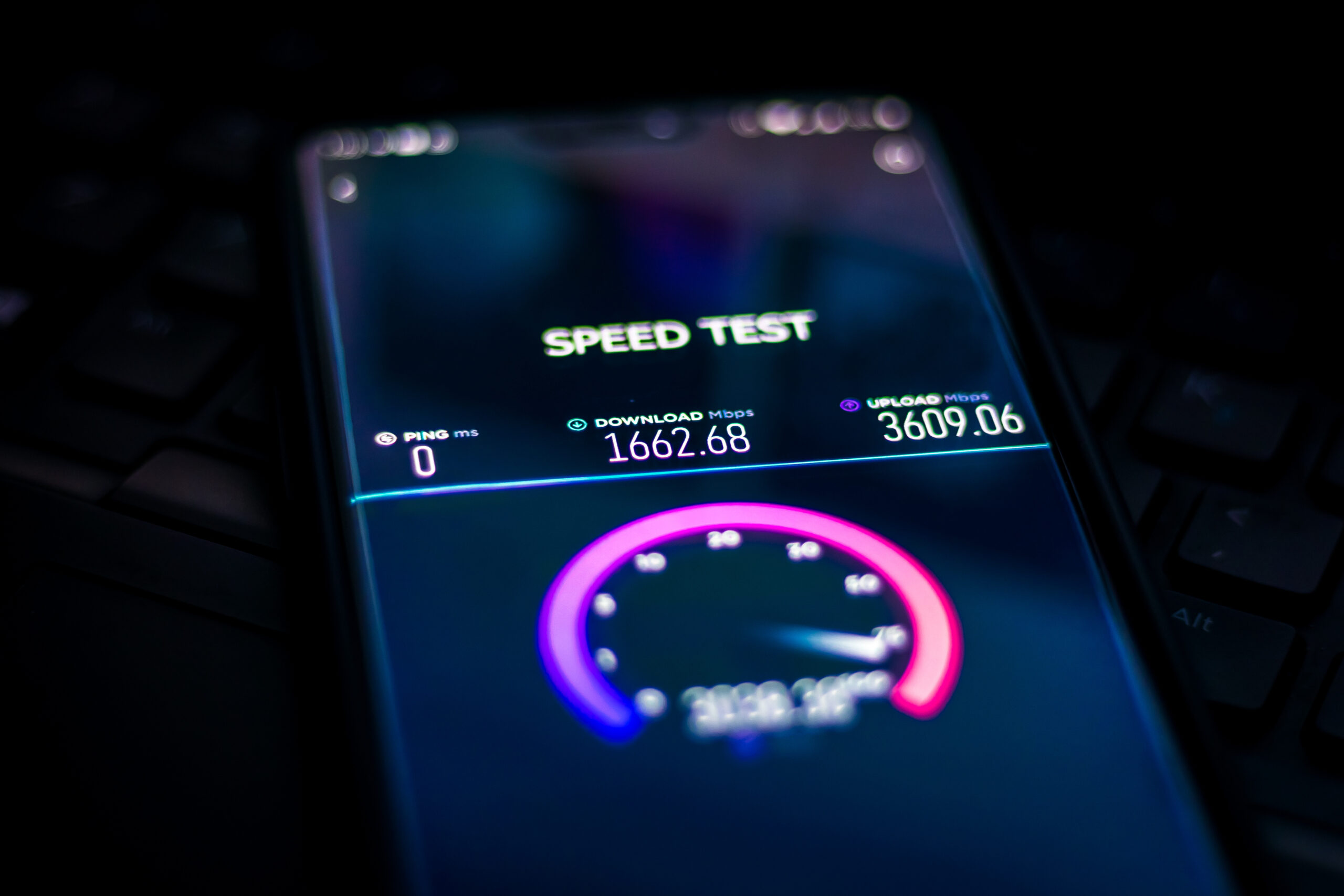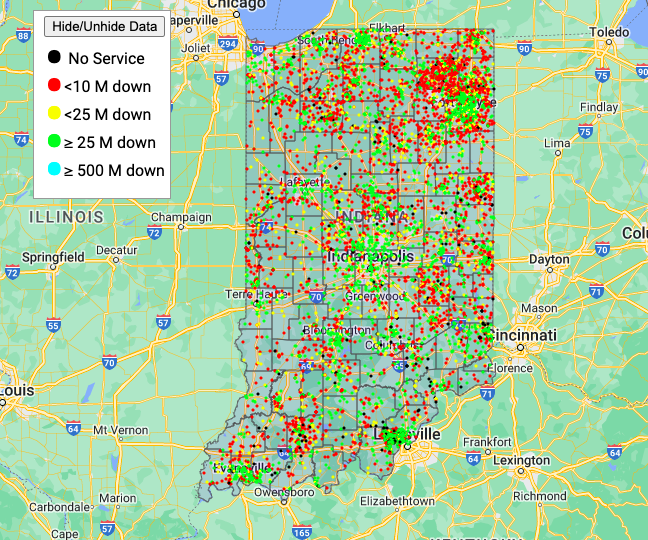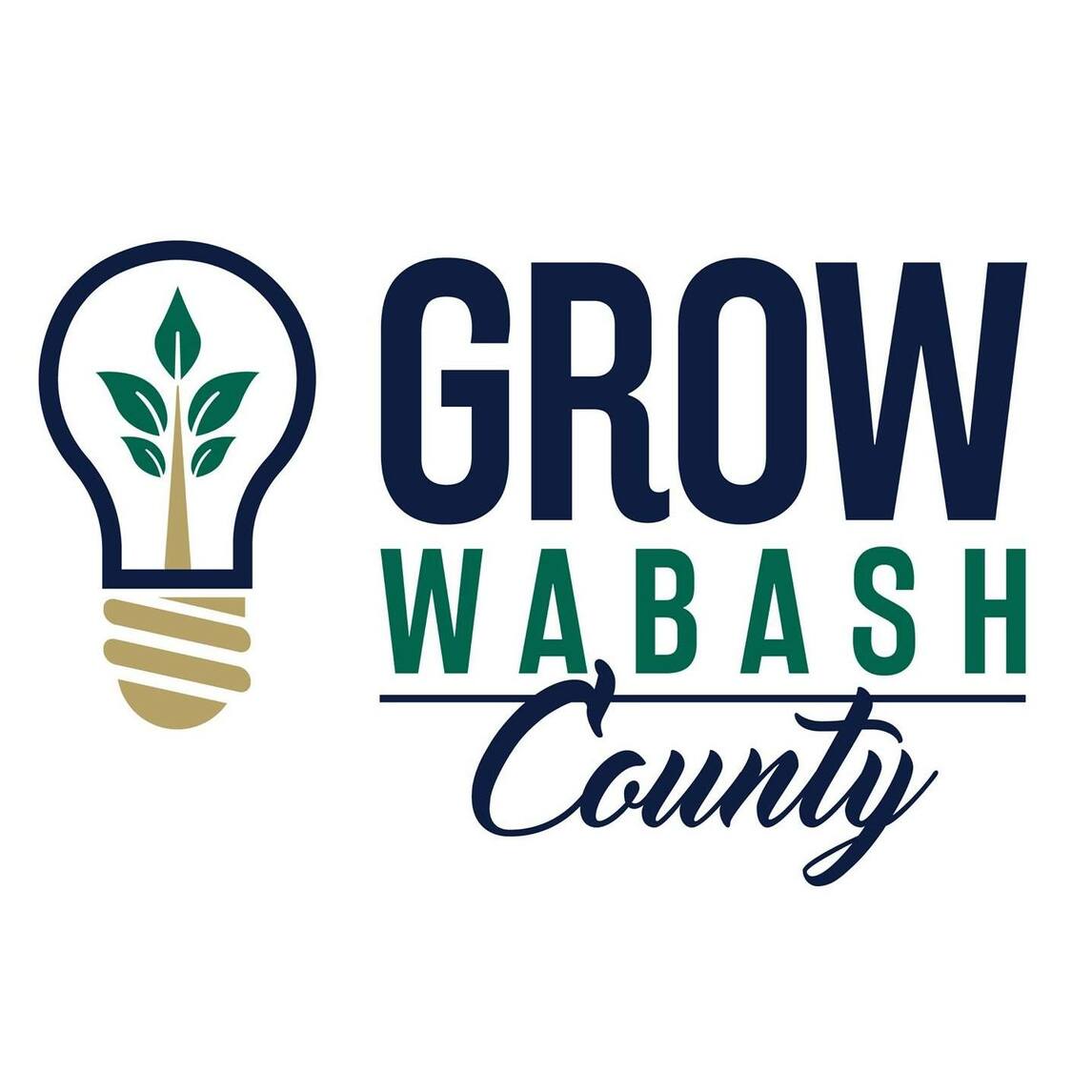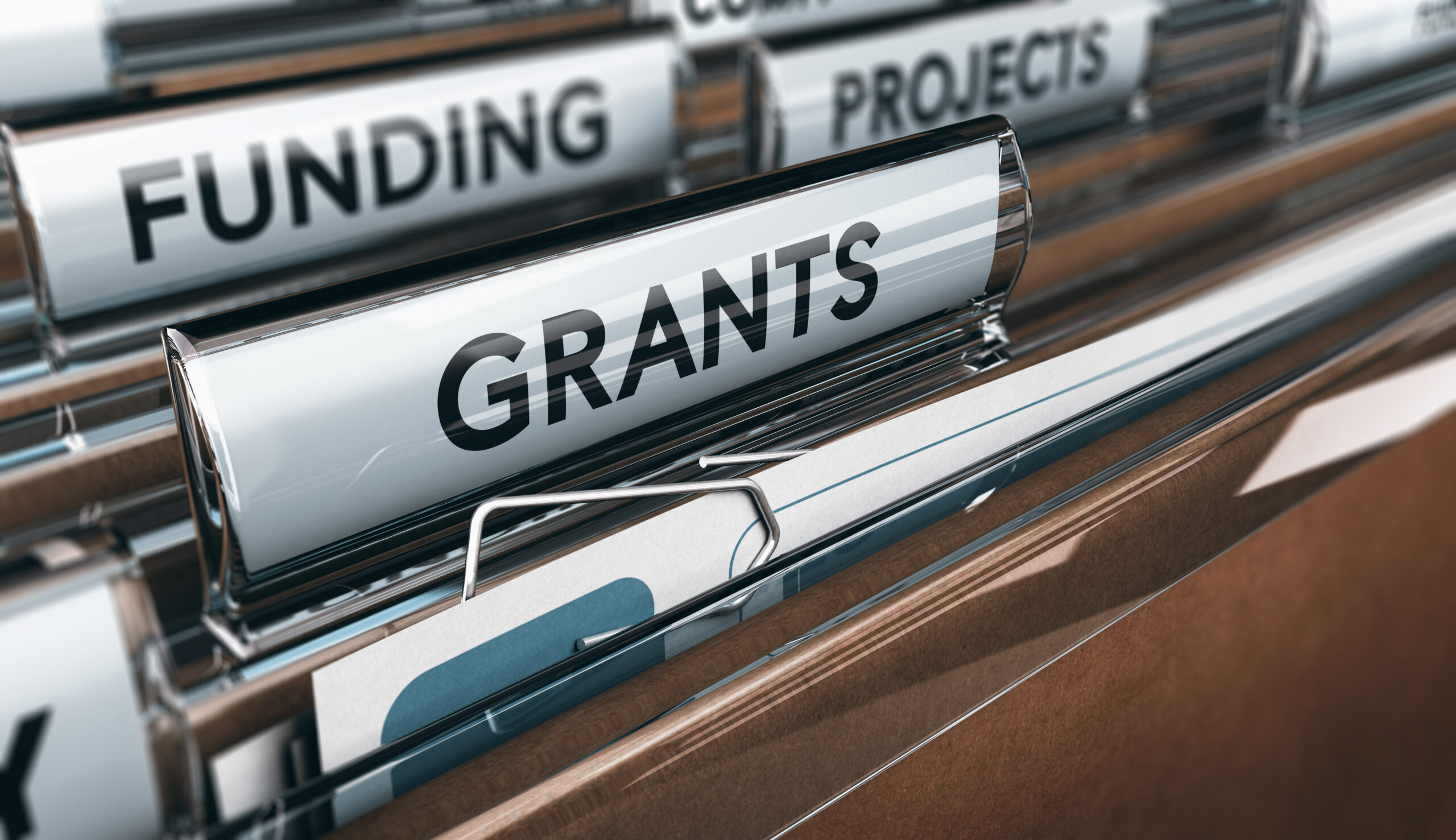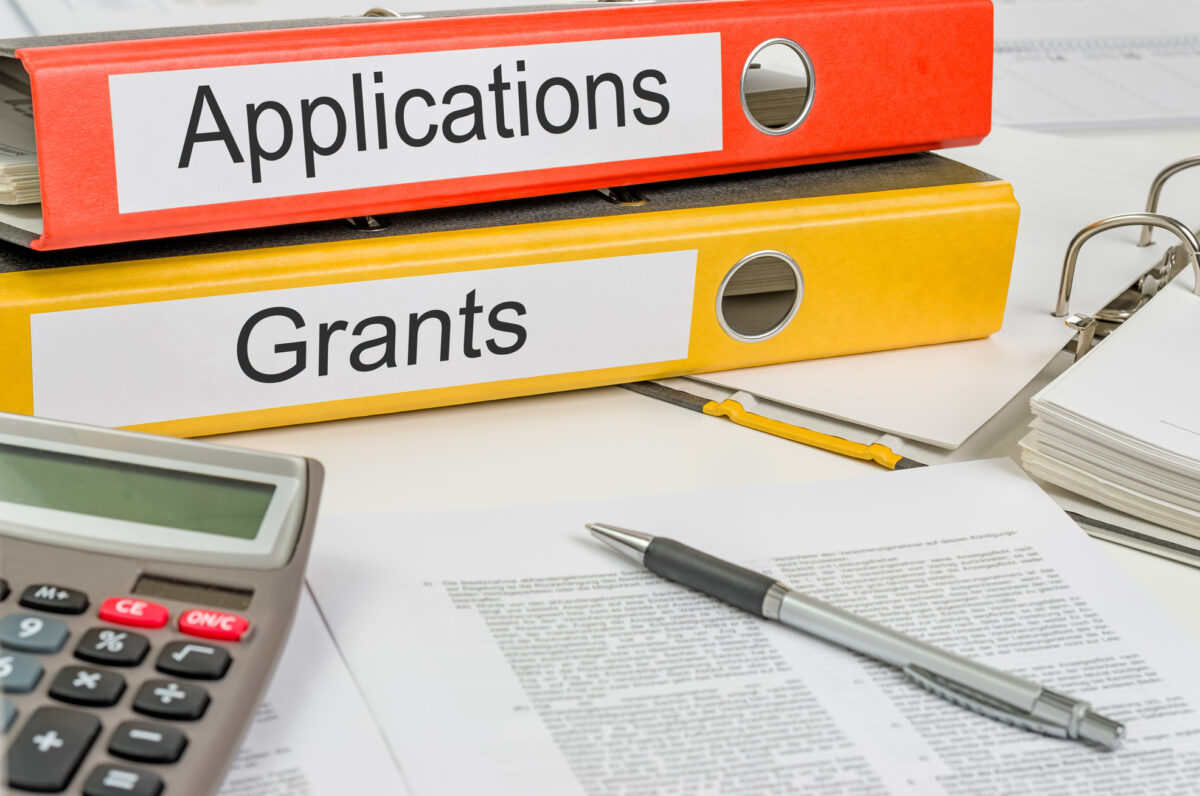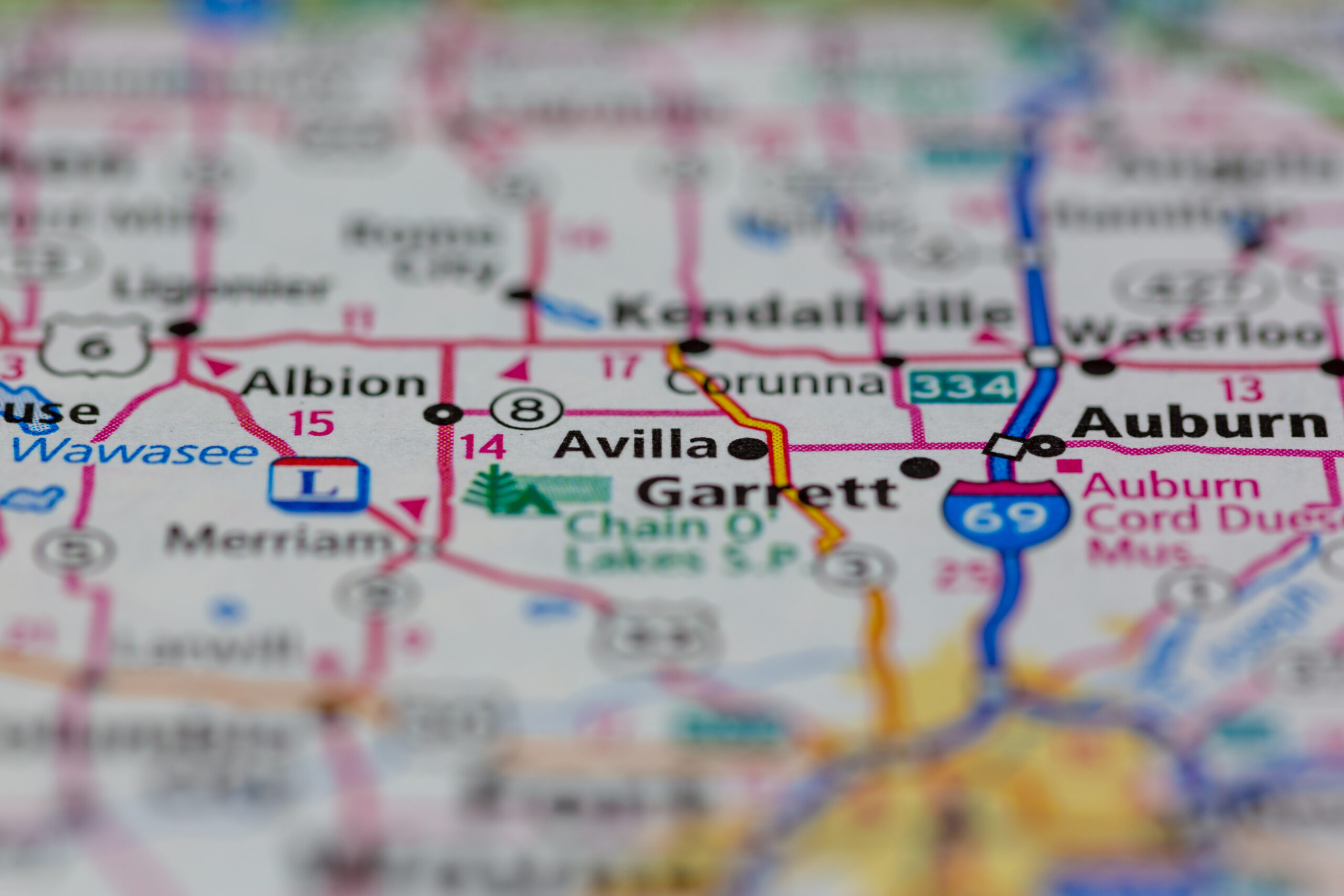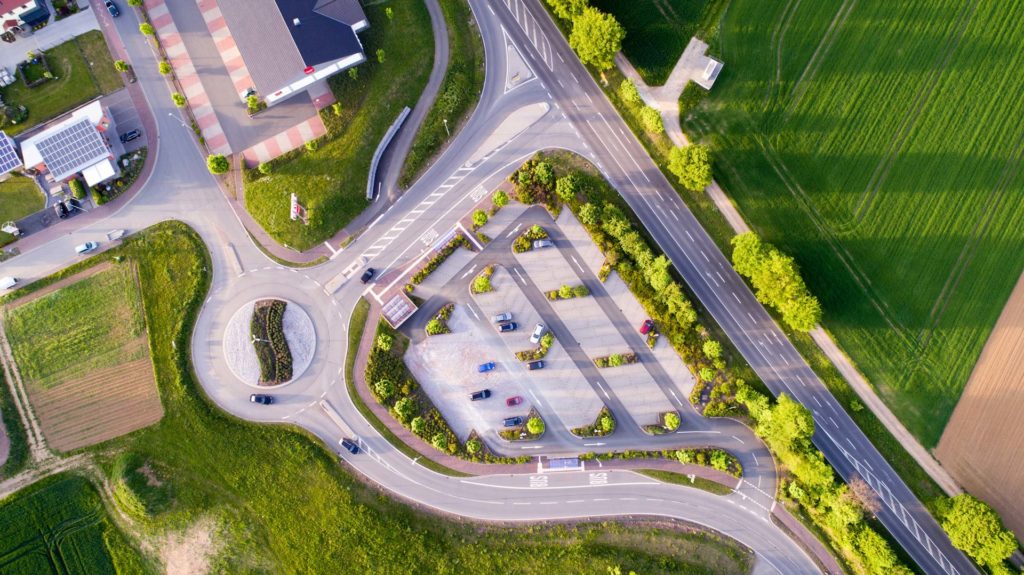Region III-A: 50 years as a NE Indiana EDD!
What is an EDD and how can your community benefit?
Region III-A Economic Development District and Regional Planning Commission was formed in 1974, making the agency 50 years old this year! Region III-A is one of nine economic development districts (EDDs) in Indiana.
At times, we find that it is not exactly clear what an EDD is or how they differ from other development organizations or grant writing services. As part of our 50 year anniversary, we revisit the basics of an EDD and recount some Region III-A history in this post.
What is an Economic Development District?
EDDs are quasi-governmental, multi-jurisdictional entities that are typically comprised of multiple counties and the cities and towns within them. Each EDD has its own geographic service area; EDD service areas cannot overlap. The intent is to facilitate a locally based, regionally driven, economic development planning process that utilizes the involvement of all stakeholders within the district. The EDD serves as the unbiased creator of an economic development roadmap known and a Comprehensive Economic Development Strategy (CEDS) for regional economic development.The CEDS provides a written coordinating mechanism for all stakeholders to engage in meaningful conversation and debate about the economic direction of their region. The EDD facilitates and owns this process.
How Are Economic Development Districts Designated by EDA?
Becoming an approved EDD is not an easy quest and requires complying with several requirements and following a detailed process, final approval of which falls to the Federal EDA. To request EDD designation, an applicant must have an EDA-approved CEDS and at least one geographical area within the designated service boundaries that meets EDA’s regional distress criteria as set out in 13 CFR § 301.3(a). EDDs are designed to represent multi-county areas so entities that request designation should be able to serve and represent the entire geographic area of the proposed region and not just a small representation of such. The requirements set out in 13 CFR parts 303 and 304 must be met and all necessary documentation provided.
Once the appropriate documents are compiled, they must be paired with a summary that is developed by a regional office of the requested designation, including the name of the organization requesting the designation, and rationale for the regional office’s recommendation and include this in the EDD designation package. The summary must be completed based on a thorough review of the designation request.
Benefits of an EDD:
While there are agencies that can provide certain services for specific types of projects, your EDD is the most appropriate lead for comprehensive planning and funding coordination services.
– Comprehensive Economic Development Strategy (CEDS)
– Eligible for funding from the Economic Development Administration (EDA)
– Collaboration among several municipalities and agencies
– Existing relationships with multiple state and federal agencies
– Technical Assistance and Resources
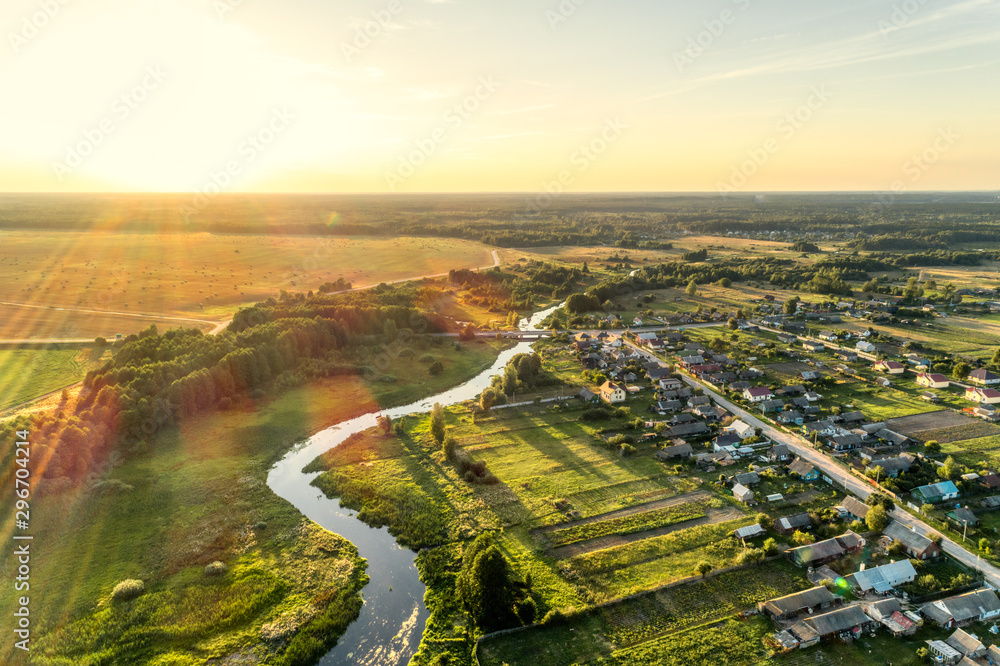
History of Region III-A Economic Development District and Regional Planning Commission
Region III-A was formed in 1974, 50 years ago, by founding members Steuben, Lagrange, Noble and Whitley Counties. Eleven years later, in 1985, Huntington County was added with Wabash County following years later in 2010. In those 50 years we have provided technical assistance on countless projects and have helped secure tens of millions of dollars in funding for our communities. As our communities and funding opportunities have grown, so has our staff and valuable experience.
We look forward to continuous education, value add and prosperity for the six counties and thirty two incorporated cities and towns in the region.
